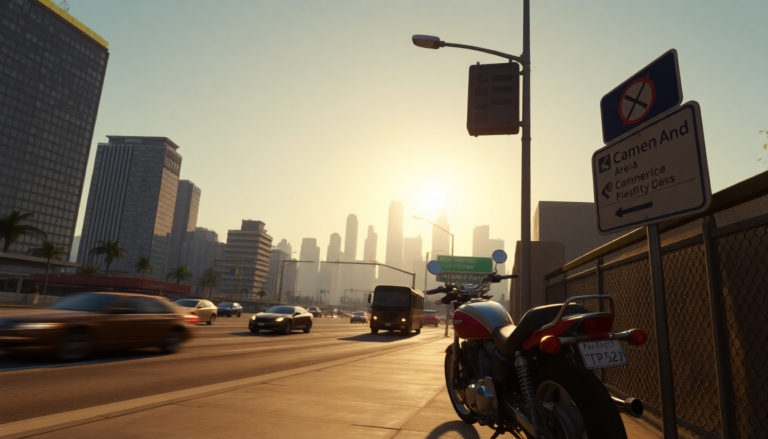Argomenti trattati
Grand Theft Auto III, released in 2001, didn’t just change the gaming landscape; it set the stage for the open-world genre as we know it today. While it might not top every list of the best games ever, its influence is undeniable. In this retrospective, we’ll dive into the game’s legacy, its impact on players, and the innovations that continue to shape the gaming world.
The Genesis of Open-World Gaming
Revisiting Grand Theft Auto III is like stepping into a time capsule. Those iconic piano notes that kick off the game instantly transport players back to a simpler era, marking the start of an unforgettable journey through Liberty City. The story follows Claude, a silent protagonist bent on revenge after being double-crossed. Sure, the plot isn’t a complex web of intrigue, but it’s delivered with Rockstar’s signature dark humor and engaging dialogue, elements that have become staples in the studio’s lineup.
What makes GTA III so groundbreaking? It established the blueprint for open-world gameplay that we see in modern titles. With its vast urban landscape bustling with pedestrians and vehicles, the game offered an immersive experience that was revolutionary for its time. Players weren’t just following a linear path; they could explore at their own pace, diving into missions or simply causing mayhem. And let’s not overlook the attention to detail—like how emergency services respond to player actions, raising the bar for realism in video games.
That said, some gameplay mechanics show their age. Vehicle handling can feel a bit sluggish and arcade-like compared to today’s standards, leading to a mixed bag behind the wheel. Combat can be clunky, with controls that might frustrate players who are used to more polished mechanics. Thankfully, the remastered version has made strides in these areas, introducing features like a weapon wheel and auto-lock; however, challenges still persist.
Immersion and Player Agency
Once you step into Liberty City, you enter a world that feels alive and chaotic. The streets are bustling with life, as NPCs react dynamically to your actions, making every venture feel unique. Yet, this immersion can sometimes tip the scales into frustration, especially during missions with strict time constraints. Navigating unpredictable traffic and aggressive police can turn a straightforward mission into a high-stakes race against the clock. Ever found yourself yelling at the screen when a cop suddenly cuts you off? You’re not alone.
GTA III’s mission design is a bit of a mixed bag. Sure, there are standout missions that inspire creative problem-solving, but others can feel poorly paced or overly linear. While the game offers players the freedom to tackle objectives in various ways, many missions stick to a more formulaic approach, which can limit that sandbox experience fans adore.
Despite these drawbacks, the game shines in its ability to empower players with choices. Missions that allow for multiple approaches foster a sense of agency that’s becoming increasingly rare in modern titles. This commitment to player freedom is a true testament to Rockstar’s vision, reminding us of what gaming can be when creativity meets ambition.
The Legacy of Grand Theft Auto III
Looking back on Grand Theft Auto III, it’s evident that its legacy goes far beyond nostalgia. It laid the groundwork for the expansive, immersive worlds that players now expect from AAA titles. The game’s success highlighted a crucial takeaway: players crave freedom and exploration. This insight has shaped the design principles that continue to guide developers today.
Even with its imperfections, GTA III is a pivotal piece of gaming history. It reminds us of the heights that can be reached when creativity and ambition collide. As we gaze into the future of gaming, it’s vital to acknowledge the contributions of classics like GTA III, which have helped mold the landscape we navigate today.
In conclusion, while I might not recommend a full playthrough of Grand Theft Auto III in 2025, I strongly encourage players to revisit its world. Cruise through Liberty City, take in the vibrant interactions, and appreciate the intricate systems that were groundbreaking in their time. This game isn’t just a nostalgic trip; it’s a blueprint for understanding the evolution of open-world gaming.

